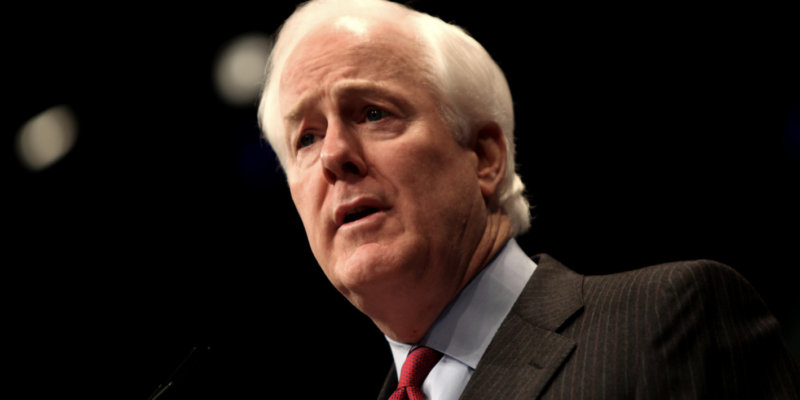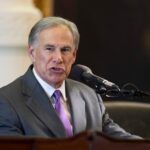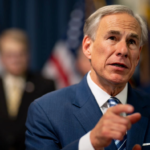A new poll from Texas Public Opinion Research provides insight into the upcoming 2026 Texas Senate race between incumbent Senator John Cornyn (R) and Attorney General Ken Paxton (R). It highlights voter priorities and favorability ratings of key political figures.
The poll shows that affordability and the cost of living are the most pressing concerns for Texas voters. 37% of respondents identified the two as the top issue elected officials should focus on. Education and public schools followed closely behind with 28% of voters listing them as a priority. After a presidential election season where economic concerns and education policies were at the center, the two look to continue being central themes in the upcoming 2026 Senate race.
When asked about the state's nearly $24 billion budget surplus, opinions were divided on how the funds should be used. 33% of respondents argued that Texas should invest in education, health care, public safety, and infrastructure. Others favor using the surplus to lower property taxes and other taxes, a position conservatives often support.
The poll also measured the favorability of important political figures, providing a glimpse into how voters view said figures in Texas politics.
Former Texas Rep. Colin Allred (D), who lost a Senate race against Senator Ted Cruz (R) in 2024, had the highest net favorability, with a +7 rating (37% favorable, 30% unfavorable). President Donald Trump’s (R) net favorability was slightly negative at -3 (47% favorable, 50% unfavorable).
Attorney General Paxton, who is challenging Senator Cornyn in the Republican primary, had a -5 net favorability rating (35% favorable, 40% unfavorable), indicating that he may face opposition in gaining broader support. Meanwhile, both Republicans and Democrats in the Texas State Legislature received identical -6 net favorability ratings (43% favorable, 49% unfavorable), which shows bipartisan dissatisfaction with state lawmakers.
As the 2026 race draws nearer, polling like this one suggests that candidates will need to address affordability, education, and the Texas’ budget surplus to appeal to voters.









